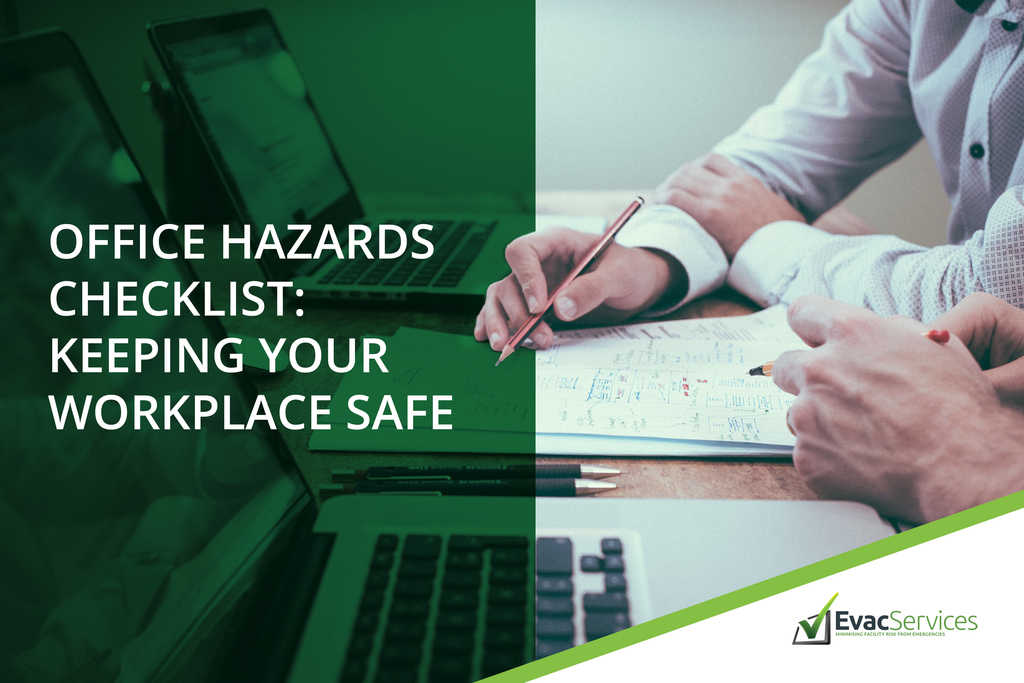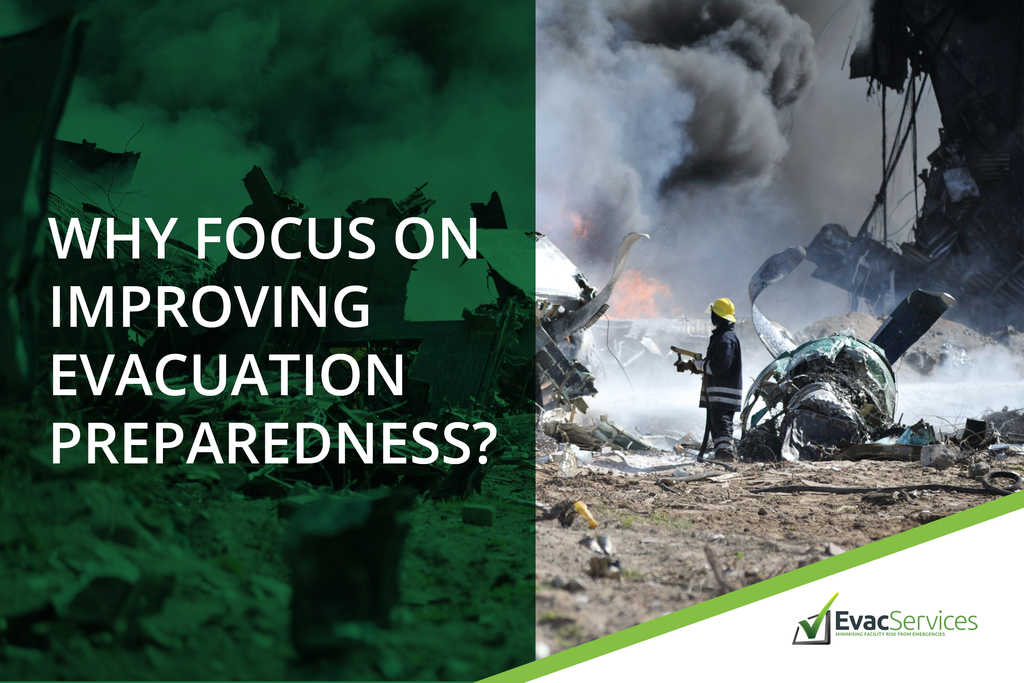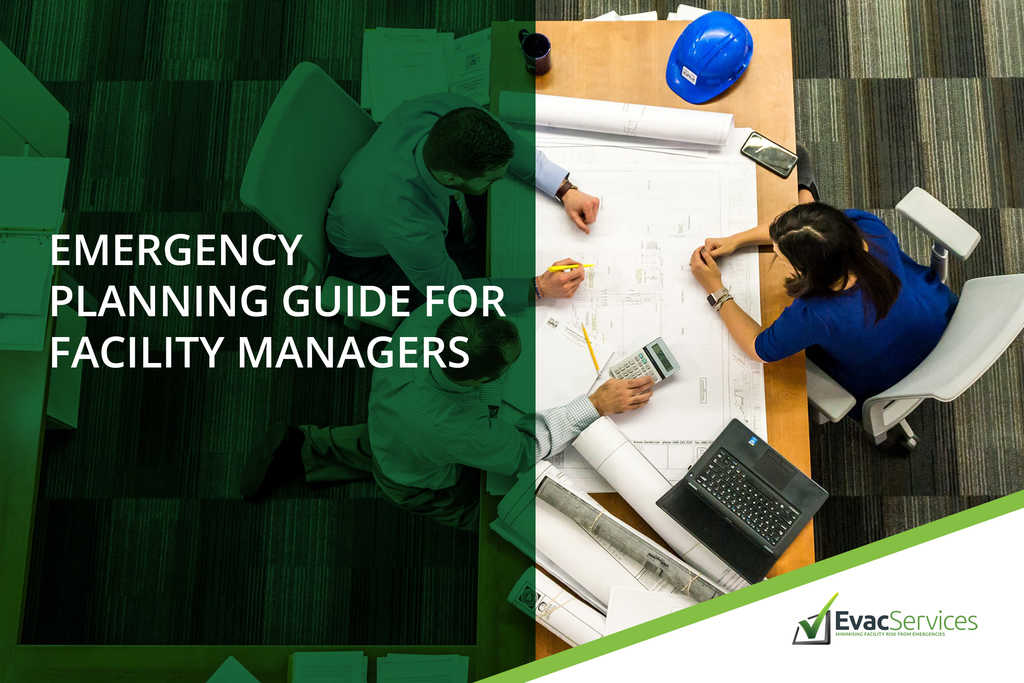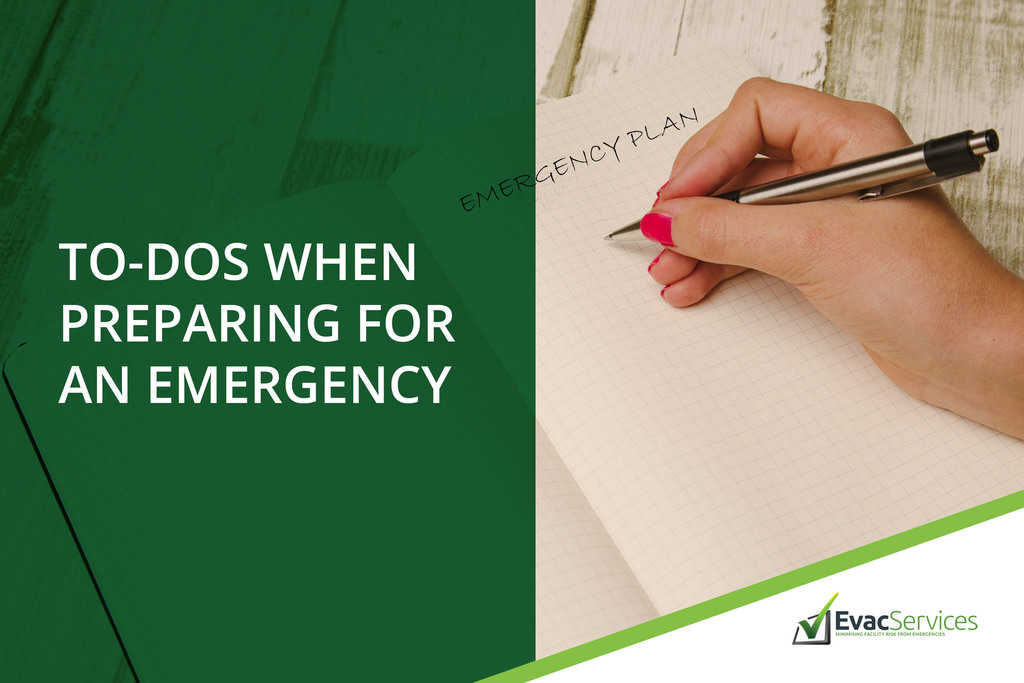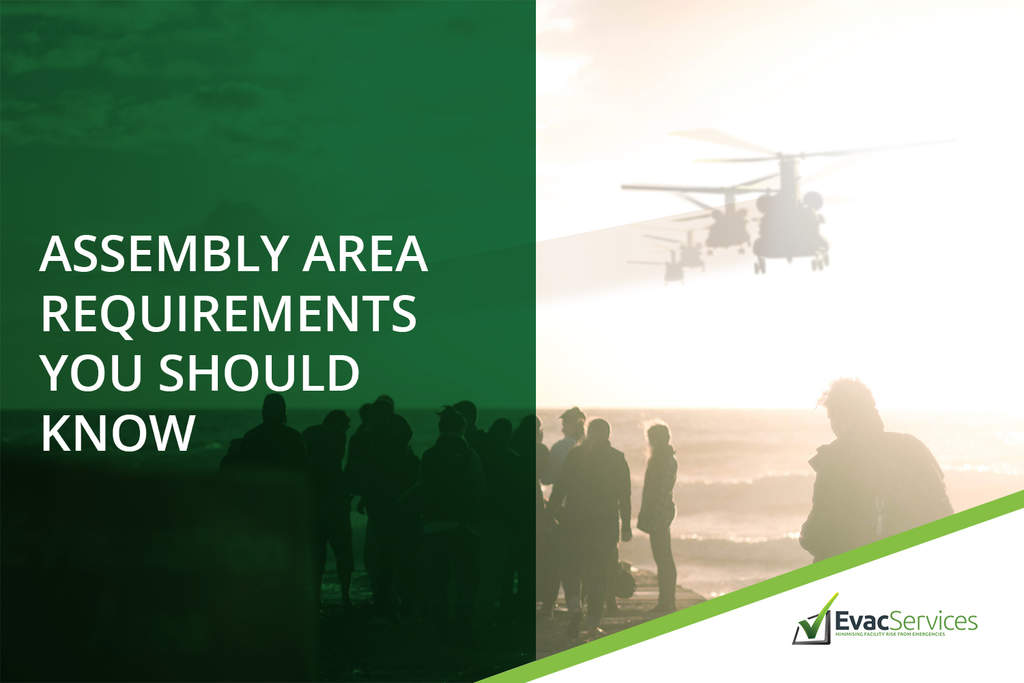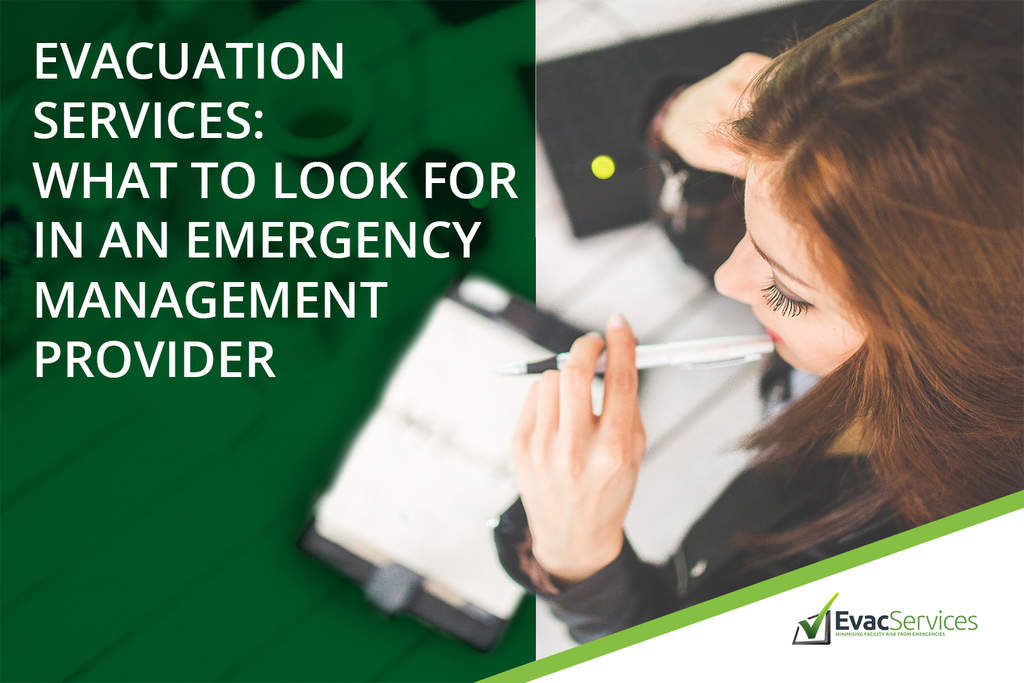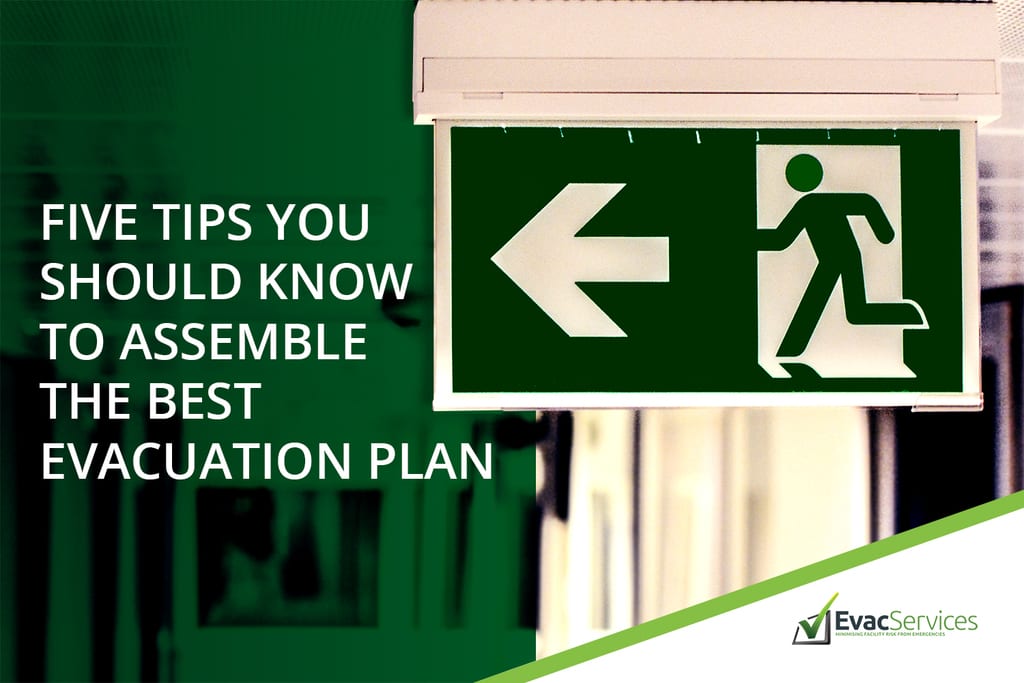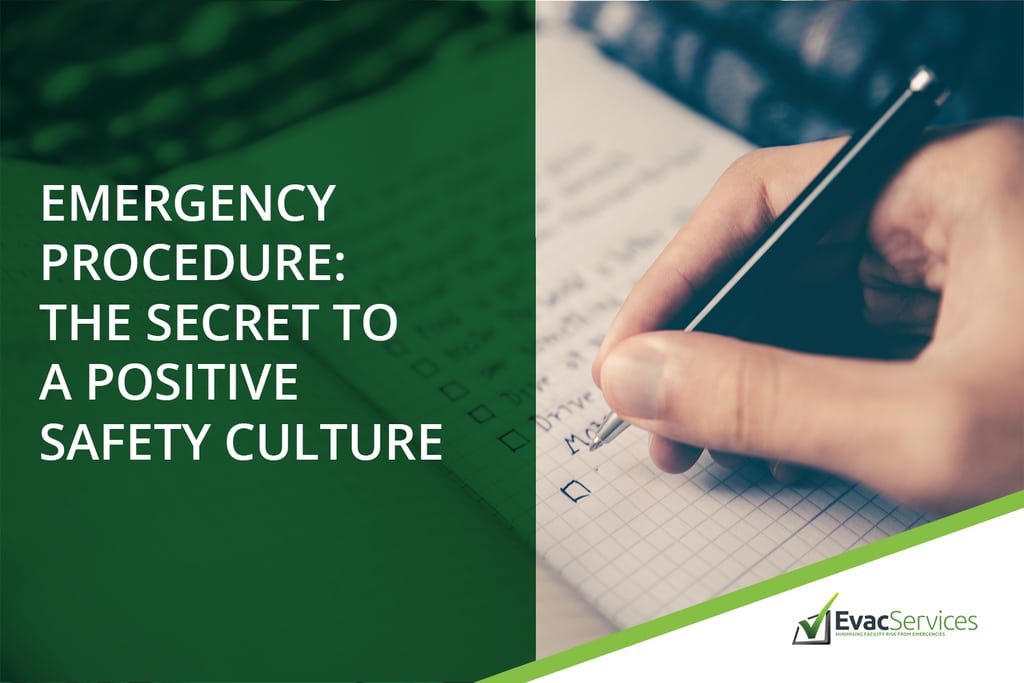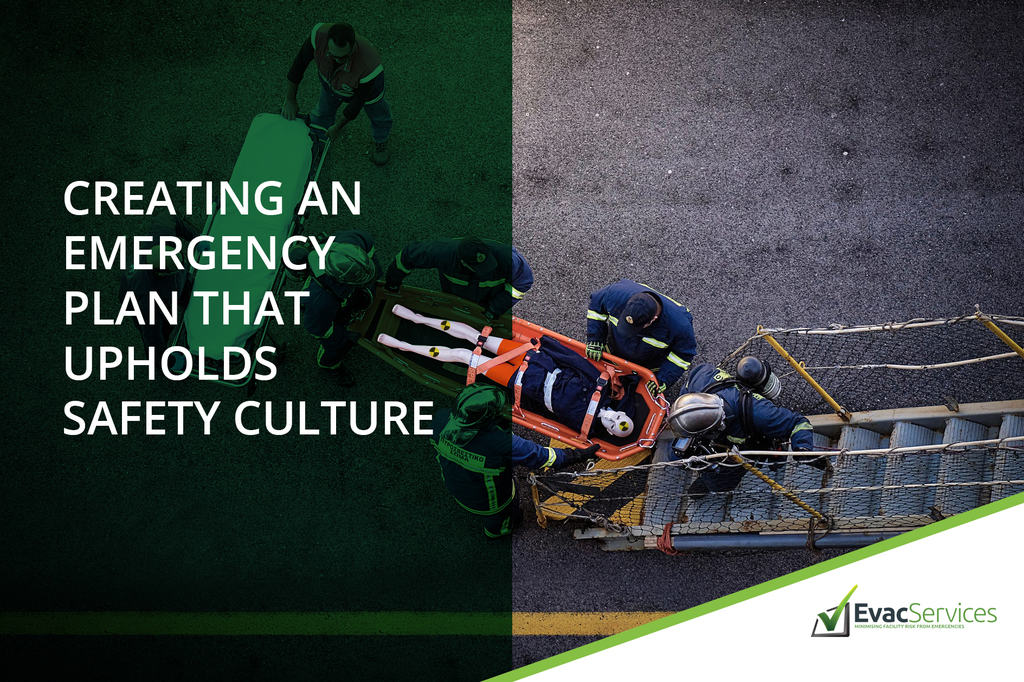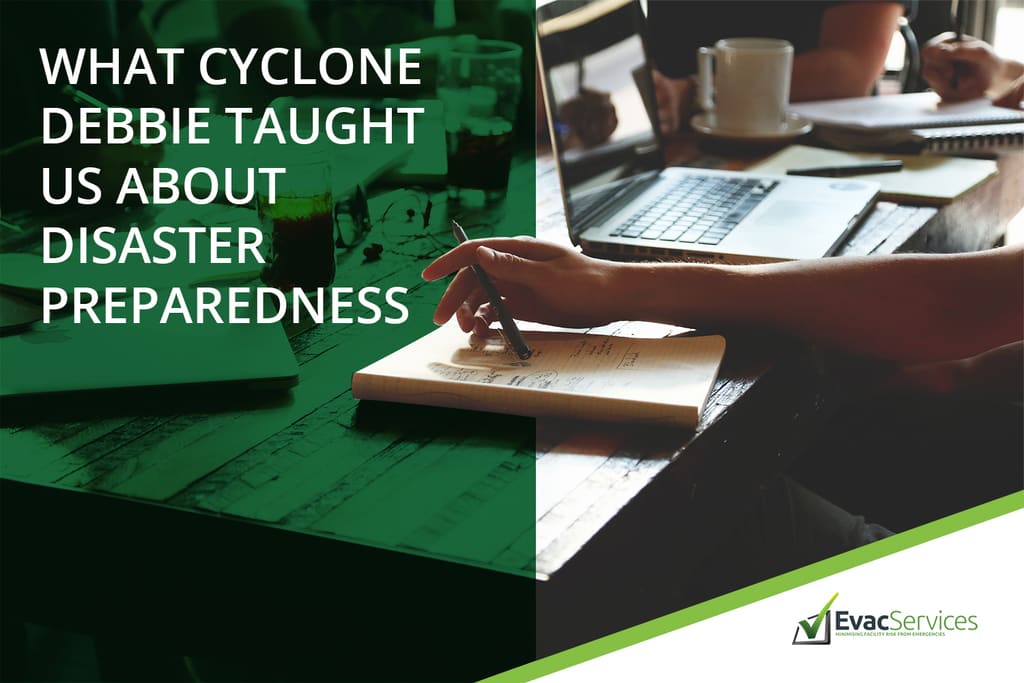Office hazards checklist: Keeping Your Workplace Safe
Natural disasters and fire incidents are not the only events that could lead to an emergency. Without you noticing, there are potential hazards around your facility that present risks to the health and safety of your tenants. This article gives you tips on creating an office hazards checklist and identifying ways to eliminate these risks.
Office
Why Focus on Evacuation Preparedness?
Unrest is spreading across the world as threats of terrorism, natural disasters, fire, violence, and civil disturbance continue to rise. This frightening reality underscores the need for organisations in both the private and public sector to plan on how to ensure people’s safety and protection in the face of emergencies. Because these incidents can happen
Emergency Planning Guide for Facility Managers
Running a company with no emergency plan is risky business. With the rising threat of natural disasters and fatal fire incidents, companies must prepare to mitigate risks from emergencies to avoid damages and disruption to their operations. This need highlights the role of facility managers as strategic partners in ensuring business continuity and workplace safety.
Here’s
To-dos when Preparing for an Emergency
Preparing for an emergency is an obligation of every business in Australia. Whether your workplace is an office, a construction site, a hotel, healthcare facility, or a mall, you must adhere to standards and regulations relating to emergency planning requirements unique to your state. There’s no other way around it.
But beyond compliance, people’s safety is at
Assembly Area Requirements You Should Know
The main goal of an evacuation is to facilitate the safe exit of people from the emergency site to bring them to a more secure location referred to as the assembly area. Without this pre-planned destination at the end of the evacuation, chaos, panic, and more threats can ensue. It could potentially put people back
Evacuation Services: What to look for in an Emergency Management Provider
What should you look for in an emergency management provider that delivers evacuation services suited to your needs?
Emergency planning is not just a catchphrase. With the real and present danger imposed by fire incidents, civil disturbances, terrorism, and other crises, the need for an emergency plan is important now more than ever. Therefore, more and
Five Tips You Should Know to Assemble the Best Evacuation Procedure
Emergencies don’t keep to a schedule – They can happen at any time, any day. Thus, it’s important to develop an evacuation procedure that suits your workplace to ensure that all employees can exit your building safely in times of emergency.
Here are five tips on how to assemble the best evacuation procedure
Know your risks.
It
Emergency Procedure: The Secret to Good Safety Culture
A well-established emergency procedure is one of the foundations of a safe work environment. Way beyond ensuring your site’s compliance with emergency planning legislation and standards, it’s also an effective means to uphold the safety and protection of tenants and personnel in your care. A work environment that develops a plan to fulfil its occupational
How Emergency Planning Upholds Safety Culture
Safety Culture – What is it? According to Workplace Health and Safety Queensland, safety culture is an organisational culture that puts premium importance on safety beliefs, perceptions, values, and attitudes shared by people within the company. Simply put, it is “the way we do things here”.
If one of your goals this year is to establish
What cyclone Debbie taught us about Disaster Preparedness
After two weeks of battering from ex-cyclone Debbie, some communities have started shifting the focus towards the restoration of properties and facilities. Although that is an important aspect of recovery, we should also find ways to reduce our vulnerability to future natural disasters. Strengthening emergency planning efforts to focus on disaster preparedness is one effective way

